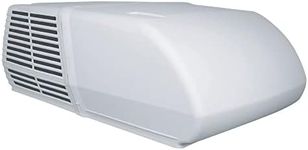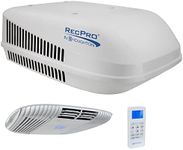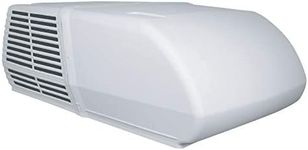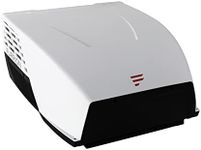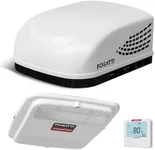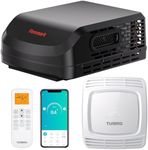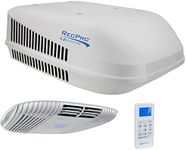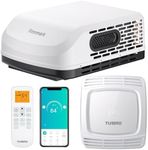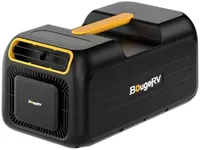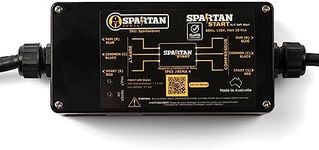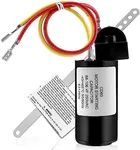Buying Guide for the Best Rv Ac Unit
Choosing the right RV air conditioning unit is crucial for ensuring comfort during your travels. The right unit will keep your RV cool in hot weather, dehumidify the air, and provide a pleasant environment. When selecting an RV AC unit, consider factors such as the size of your RV, the climate you will be traveling in, and your personal preferences for noise levels and energy efficiency. Here are some key specifications to consider when choosing an RV AC unit.BTU RatingBTU stands for British Thermal Unit and measures the cooling capacity of the air conditioner. This spec is important because it determines how effectively the unit can cool your RV. Units typically range from 5,000 to 15,000 BTUs. For smaller RVs or moderate climates, a unit with 5,000 to 8,000 BTUs may suffice. For larger RVs or hotter climates, you might need a unit with 10,000 to 15,000 BTUs. Choose a BTU rating based on the size of your RV and the typical weather conditions you expect to encounter.
Power ConsumptionPower consumption indicates how much electricity the unit uses, usually measured in watts or amps. This is important for managing your RV's power usage and ensuring you don't overload your electrical system. Lower power consumption units are more energy-efficient and can save you money on electricity. If you often camp in places with limited power supply, opt for a unit with lower power consumption. However, ensure it still provides adequate cooling for your needs.
Noise LevelNoise level refers to how loud the air conditioner is when operating, typically measured in decibels (dB). This is important for maintaining a peaceful environment inside your RV. Units with lower dB ratings are quieter and more suitable for light sleepers or those who value a quiet space. If you are sensitive to noise or plan to use the AC unit while sleeping, look for models specifically designed to operate quietly.
Installation TypeInstallation type refers to how the AC unit is mounted in your RV. The two main types are rooftop and portable units. Rooftop units are more common and save space inside the RV, but they require professional installation and can be more expensive. Portable units are easier to install and can be moved around, but they take up interior space and may not be as powerful. Choose the installation type based on your RV's layout and your preference for ease of installation and space usage.
Thermostat ControlThermostat control allows you to set and maintain a specific temperature inside your RV. This is important for achieving consistent comfort without constantly adjusting the unit. Some units come with manual controls, while others offer digital or programmable thermostats for more precise temperature management. If you prefer convenience and precise control over your RV's climate, opt for a unit with a digital or programmable thermostat.
DehumidificationDehumidification refers to the unit's ability to remove moisture from the air, which is important for comfort and preventing mold and mildew. This feature is particularly useful in humid climates. Units with good dehumidification capabilities will help keep the air inside your RV dry and comfortable. If you often travel to or live in humid areas, prioritize an AC unit with strong dehumidification performance.

